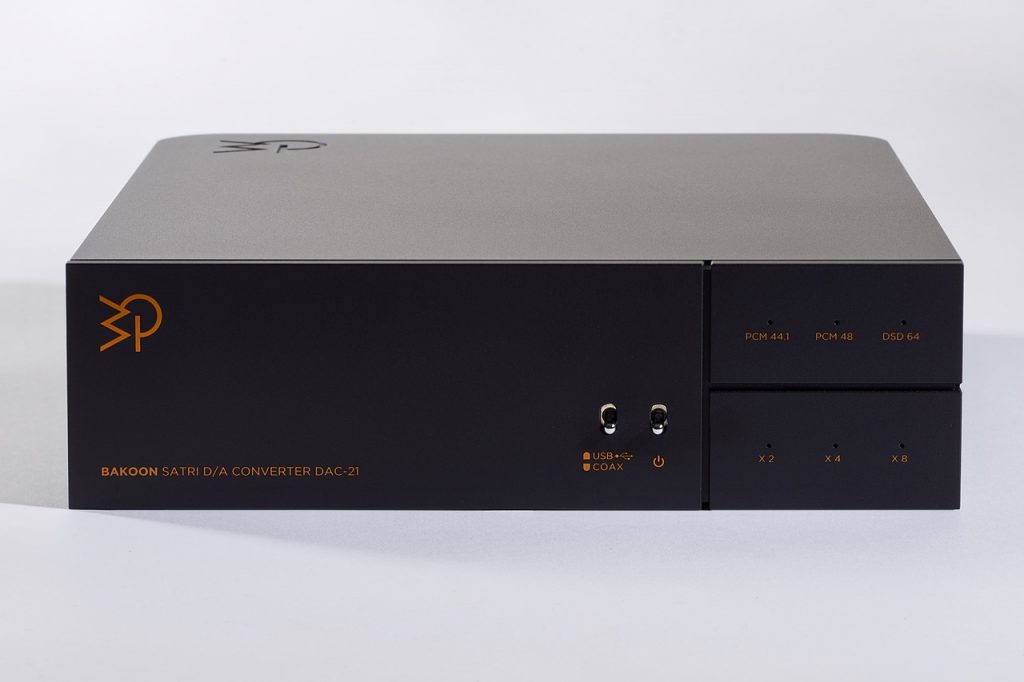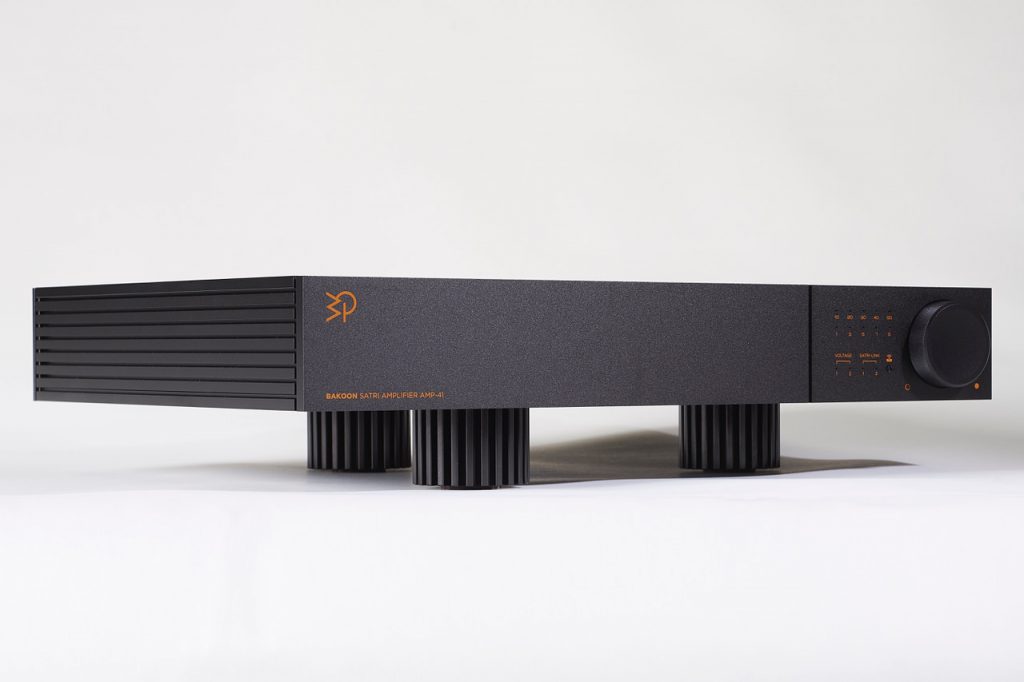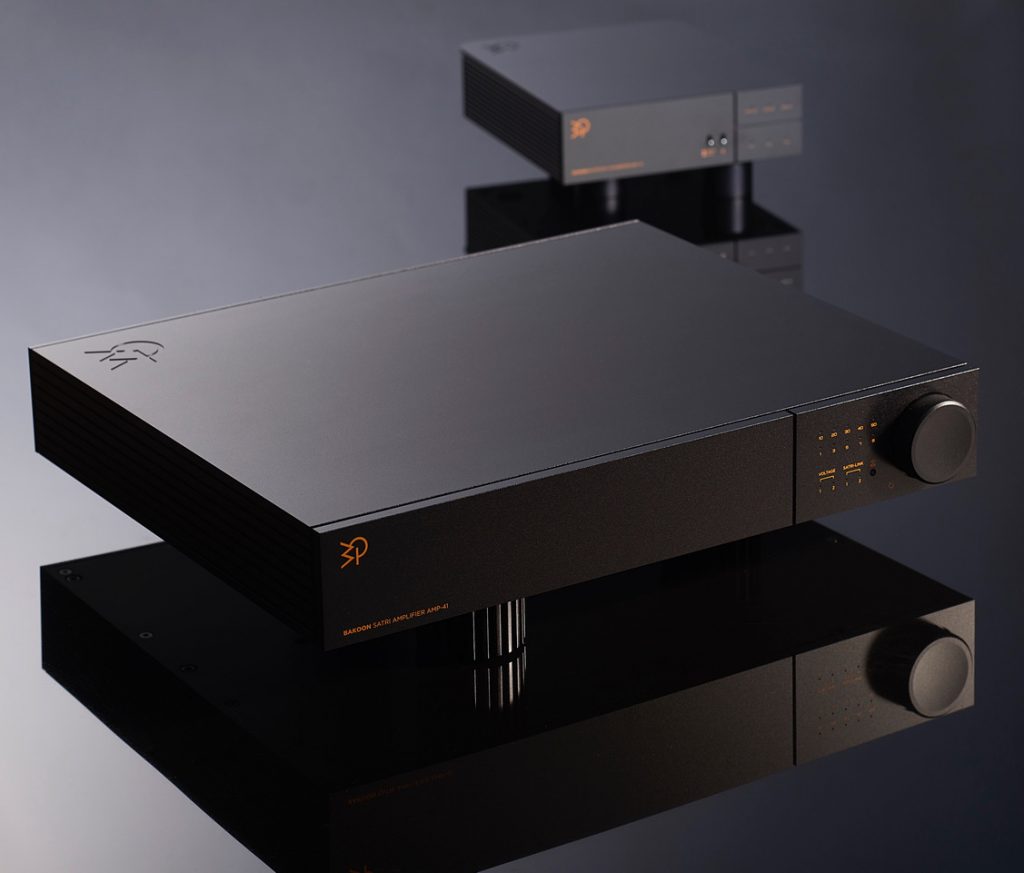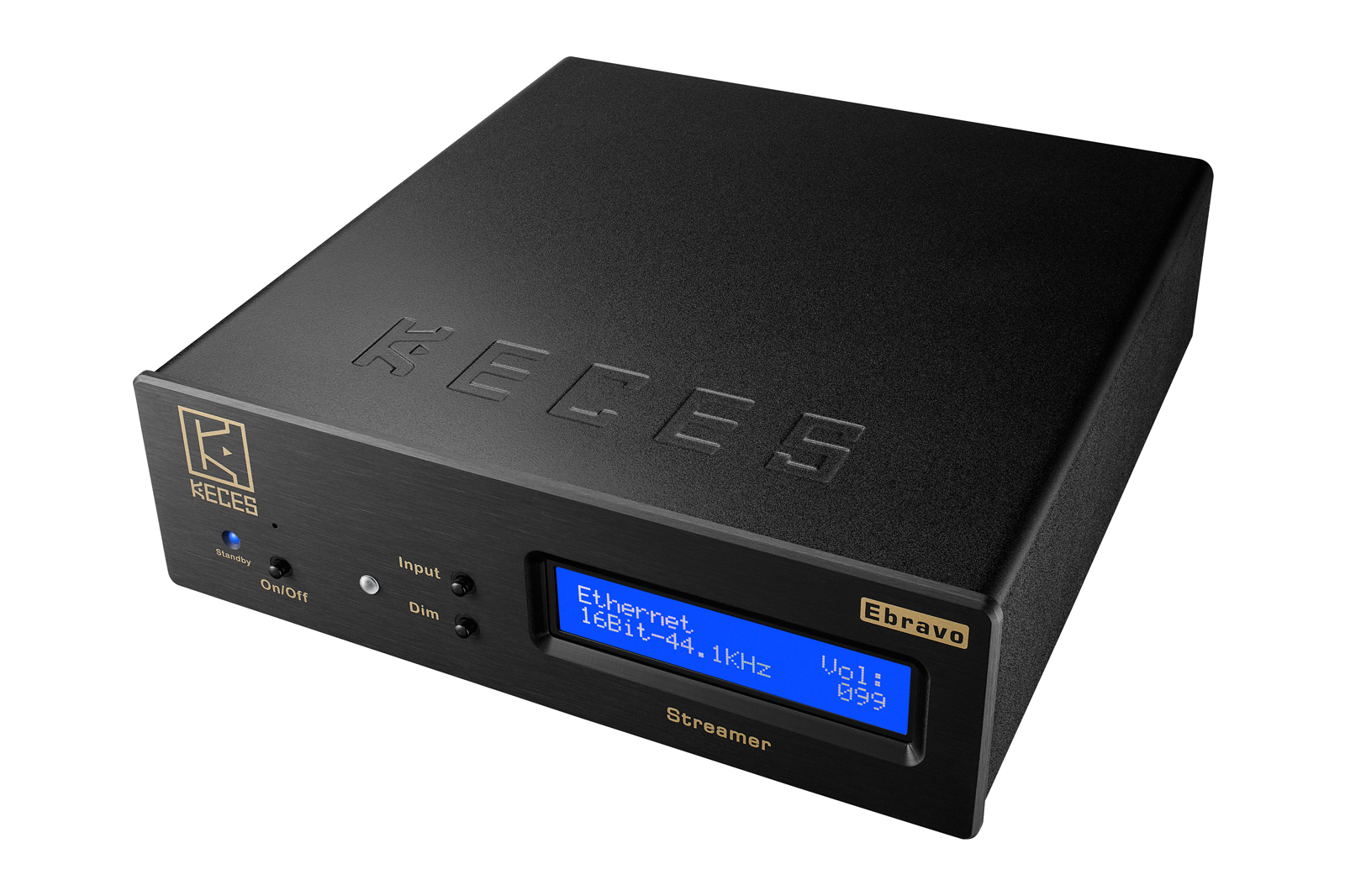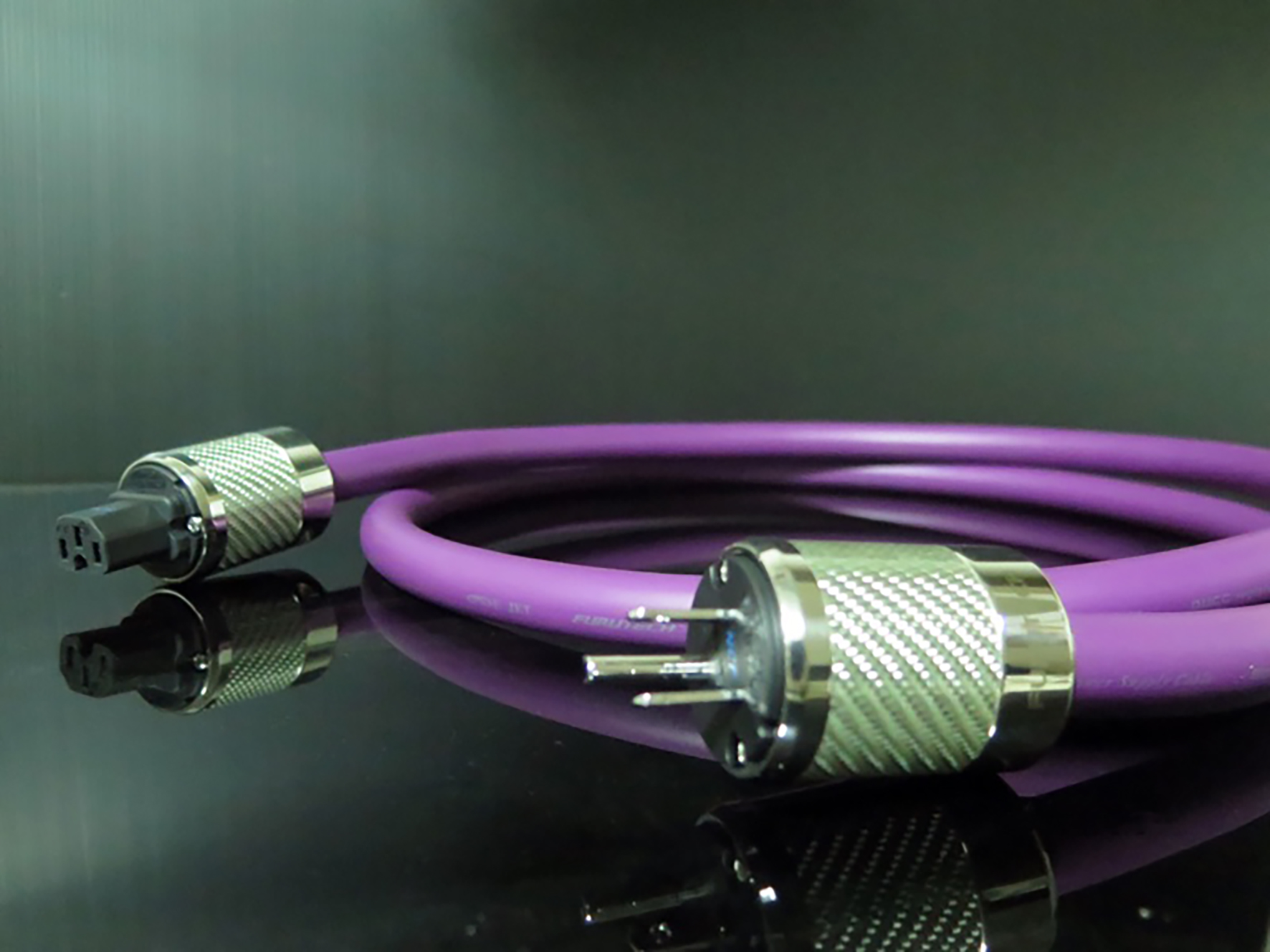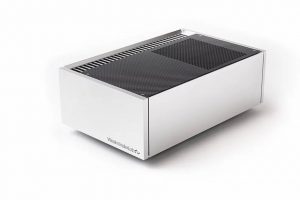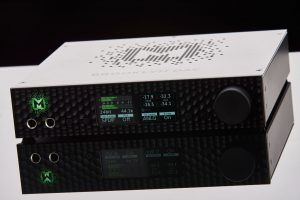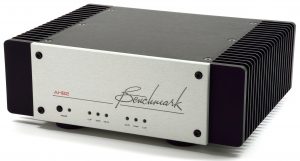We hold these audio Truths to be self-evident…until we don't. There are times when I feel that everything ever said or published about audio is only created so that people can have a good time arguing. One premise, however, is rarely challenged: system synergy. Plenty of manufacturers posit that it only makes sense to purchase matching components from the same company, because that's the best way to ensure that a system is optimally matched to produce the best sound. If that's true, why do so many of us feel that we know how to complete a system better than the people who make the gear we liked well enough to purchase in the first place?
I get it, constantly experimenting with new products can be the point of high end audio––it's the journey and not the destination and all that. Still, whenever I or someone I know adds some new component to a system, there's always this momentary anxiety that the change could muck everything up. Not surprisingly, I'm a sucker for one brand system reviews, which is why I was anxious the hear the Bakoon International DAC-21 reviewed by Maurice Jefferies in these pages (HERE)in combination with the Bakoon International AMP-41 amplifier I wrote about recently (HERE). Granted, there are no Bakoon International speakers as of yet, so some would argue that it's not really a system, but cables, amp, and a DAC are close enough.
Rather than rehash every feature and function of the DAC-21 that is already clearly expressed by my PF colleague, I'll just start by agreeing with Maurice's characterization of the DAC-21's sound: "Supremely quiet, tonally balanced from top to bottom (perhaps a little bit lush, even), and incredibly natural sounding." Pointing out the natural sound of any DAC is telling, as it's no secret that early DAC designs were criticized for producing a razor sharp etching of music. Many felt that all DACs lacked the dimension and timbral accuracy that, presumably, was the birthright of all non-digital analog sources.
Despite the success of flooding the mainstream market with a gazillion players using primitive DACs, some manufacturers braved the always choppy waters of the audiophile market. Unfortunately, even skip-free and jam-resistant sound is hard to market when people put their fingers in their ears to shut out the digital audio scream. Thus, companies went hard to work to deliver DACs promising to deliver a truly "analog" sound. Tightening up timing errors or modeling digital files to try and sound like a two inch reel to reel tape, however, is no easy task. Apparently, making DACs that sound too hard or too soft is a piece of cake, but just right? Well…
When Maurice speaks of the DAC-21's ability to convey "natural resonant signatures intact," I have to largely agree, but I also share his impression that the DAC-21 can be too saturated tonally to be considered neutral. Would this matter to most people? I suspect not, given the fact that the DAC-21 delivers exceptional performance across a broad spectrum. My listening also finds that speed, openness, and solidity are all in evidence with the DAC-21 in charge. It's a DAC that encourages extended listening and facilitates an appreciation for the intricacies of music—all while avoiding even the hint of listener fatigue. The overall performance of the DAC-21 makes it a standout DAC for those who yearn for the analog sound, sans speed fluctuations or discernible background noise. In appreciating the DAC-21's approach, I was glad to have an amp on hand that didn't add too much of it's own sound.
The AMP-41 is an excellent match for appreciating the DAC-21's sonic virtues. As related in my earlier review, the AMP-41 excels in revealing even the subtlest aspects of a system or recording. The rich sound of the DAC-21 is deftly conveyed by the AMP-41, and I suspect that one reason the DAC-21 sounds as pleasing as it does is because it's not being diminished by leaner amplification or made overripe by another amp's warmer signature. The AMP-41 and the DAC-21 are extremely precise in their delivery of things that we prize in electronics: linearity, low noise, wide soundstage, etc., and they work well together to convey these attributes. Certainly, both amp and DAC can be successfully inserted in a variety of systems, but I suspect that few other combinations will realize the manufacturer's vision as well as the AMP-41/DAC-21 pairing.
The clarity of the AMP-41 allows the sweet and smooth nature of the DAC-21 to shine through in all applications. Fiddlin' and soloin' on a Texas Swing classic like "Bubbles in My Beer" sounds terrific, even when streamed over Spotify. Bob Willis and His Texas Playboys can be a bit much for the uninitiated, but the AMP-41/DAC-21 pairing sounded mighty fine to me. Leaving the Lone Star State for soggy Europe, Daniel Hope's sensational rendition of Vivaldi's Trio Sonata in D Minor for 2 Violins and Continuo, Op.1/12, RV 63 ("La Follia") revealed the Bakoon International system's facility for transparency and refinement.
Having both the AMP-41 and DAC-21 in house allowed me to test the SATRI-LINK (BNC) cable option. Before trying the SATRI-LINK cables, I listened to the DAC-21/AMP-41 system via the RCA input, using my Stereolab Reference I-700 RX interconnects. The exceptional Stereolab cables are unusually catholic in their ability to sound good with almost every amp or source, and the DAC-21/AMP-41 iteration was no exception. Bakoon International states that the "SATRI-LINK is based on a "current signal transfer" method and its output impedance is very high and its input impedance is close to 0 (opposite to regular voltage transfer method) and [because of] this, is much stronger against outside factors, such as RFI and EMI... and can even run a hundred meter long without any signal loss." I only wish I had a house necessitating a hundred meter run, but who wouldn't appreciate a quieter cable?
When the SATRI-LINK (BNC) input was utilized, I thought that the BNC input improved on the DAC-21's already superb sense of refinement and control, but I also felt that the Stereolab provided a bit more verve and definition. Not an earth-shattering difference, to be sure, but one that I noticed fairly consistently. Ultimately, I thought that the SATRI-LINK input delivered a smoother tone and substantially quieter background, but I was more than pleased with the RCA input using the Stereolab cables. I was glad to have both options, and could have lived with either one, to be honest.
After listening extensively to a variety of recordings using the Bakoon International AMP-41 and DAC-21, it's obvious that the two were made to play to the other's strengths. The warm and lovely signature of the DAC-21 works exceptionally well with the AMP-41's unbiased (so to speak) rendering of music. Both products, naturally, are finely engineered electronics that can be paired with any number of audio choices, but there's no denying the audio symmetry of the two in concert. Taken as a whole, the Bakoon International system is one that commands attention and should be of interest to anyone seeking a thoroughly modern, highly engaging sound.
AMP-41 Amplifier
Retail: $9000
DAC-21
Retail: $3495
Bakoon International




